AO Edited
Breman Museum
The largest Jewish museum in the southeastern U.S. houses a permanent Holocaust exhibit emphasizing the strength of its survivors.
When imagining hubs of Judaism, Atlanta certainly doesn’t appear at the top of many lists. However, as the largest metropolis for several states, the city is quietly the center of, at least, southern Jewry. Indeed, Rich’s Department Store—a long-standing city icon—was launched by a Jewish businessman in 1867; the city elected a Jewish mayor pro tempore in 1875; and synagogues were constructed as far back as 1887. And while the city’s Jewish population swelled in the years surrounding the torment of Nazi Germany, those newcomers brought more than just their hardships: they added to the vibrant patchwork of diverse communities that make Atlanta a truly global city. As such, one Midtown museum tells the story of both adversity and achievement in keeping Jewish history alive.
The William Breman Jewish Heritage Museum (or, the Breman, for short) is the largest repository of Jewish history in the Southeast United States. With 2,000 manuscript collections, 50,000 images, 1,000 artifacts, and 1,300 oral histories that circulate through several exhibits, the Breman vividly documents not only the atrocities of the Holocaust, but the triumphs of those who survived and made new lives in Atlanta and beyond.
The space was designed by Ben Hirsch—an Atlanta-based author, architect, and Holocaust survivor—to tell the story not only through the Breman’s seemingly endless archives, but through the building itself. To drive home the gradual process of oppression faced by Jews in the lead-up to the Holocaust, tours through the Breman begin on light wood floors, as one may have in their living room, then give way to cobblestone, cold, rough, and exposed, before turning into unforgiving cement, and ultimately, brick.
The exhibits therein illustrate both broad histories and specific stories from the time period, examining sweeping processes like the national ghettofication of Jewish neighborhoods as well as the lives of individual Jewish men, for example, who fought for Germany in World War I before being imprisoned by the very same country. Of course, the story does not end with the liberation of those concentration camps.
The Breman also educates visitors on the achievements of Americanized Jews beyond what they escaped. Past exhibits outlined the background, prowess, and mystery behind Harry Houdini (born Erik Weisz in 1874), who left Hungary for Wisconsin as a child. Another focused on Morris Rich, the founder of the aforementioned Rich’s Department Store, who turned a $500 investment in 1867 into one of the most beloved retail institutions in Atlanta. “Looking Up” examined the life’s work of renowned photographer Henri Dauman, a French Jew who narrowly escaped Nazi-controlled France to capture some of the most momentous figures and events across the 20th century for major publications.
For Jews fleeing persecution throughout the 20th century, leaving Europe was not a conclusion; As the Breman Museum shows, arriving in the United States was just the beginning.
Know Before You Go
Closed Saturdays, Mondays, and Tuesdays. Open 11 a.m. to 4 p.m. all other days. This facility is wheelchair accessible.


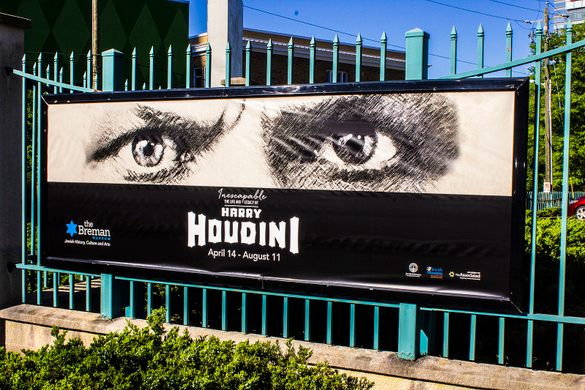















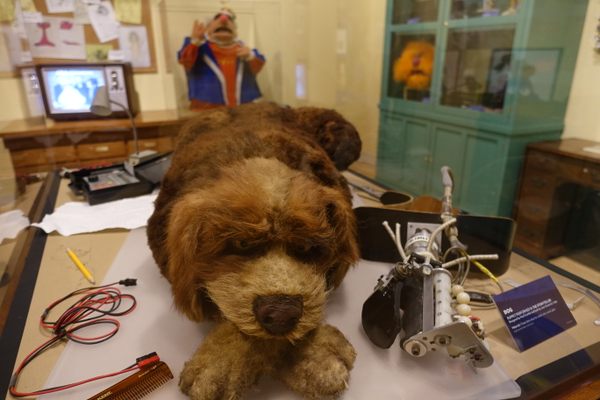




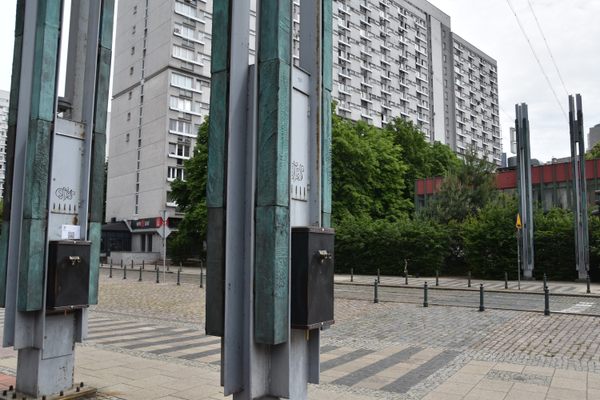
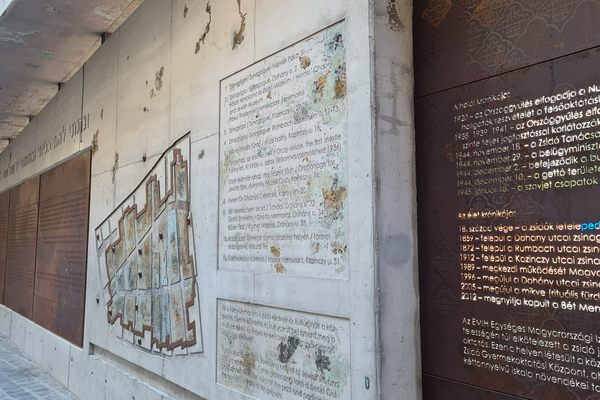
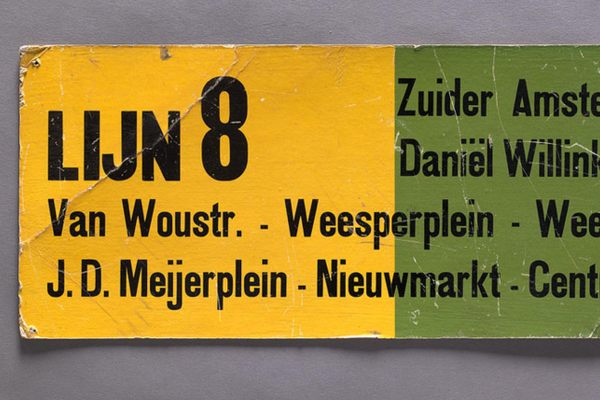

Follow us on Twitter to get the latest on the world's hidden wonders.
Like us on Facebook to get the latest on the world's hidden wonders.
Follow us on Twitter Like us on Facebook